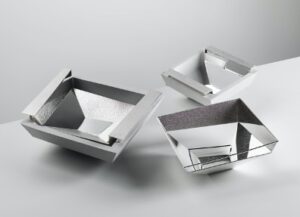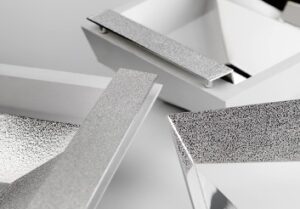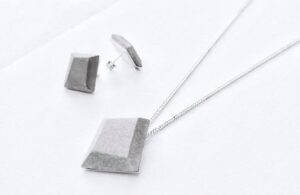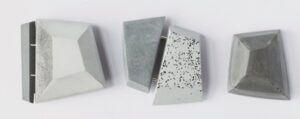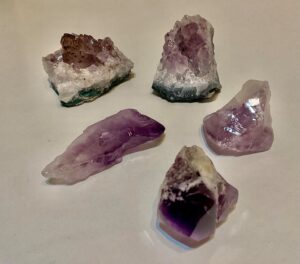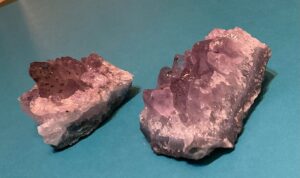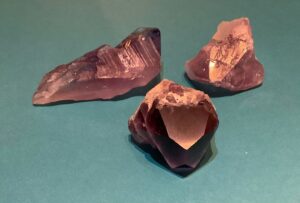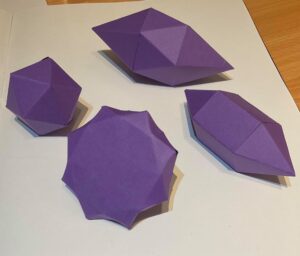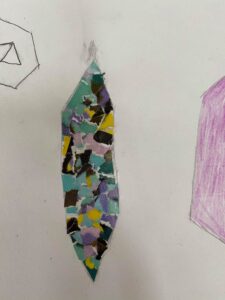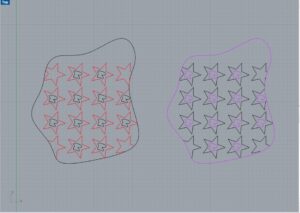Scoring and Folding Vessels

I researched silversmiths that have used scoring and folding in their work for the second part of my forms and facet research. I was creating two vessels which will be a vase and candle holder. I was using the rail revolve command to design the vase and surface commands to design the candleholder. I enjoyed designing these then using the unroll command to see what it would look like to trace onto metal for scoring and folding.

This is my first design that I made out of paper with my unroll that I had done earlier. I went up the town to get the sheets into A3 as I didn’t have access to at home. I used the scalpel and ruler to cut out the shapes then i folded along the lines using a ruler which i then cut out holes for where the candles would go. It is held together with glue and tabs that i desighed using the surface command in CAD. This is a diamond shape from my research.

This is my second design that I made using the unroll command to make this vase out of paper which is more complex than the candle holder. I used the rail command to design the 3D vase. If i had access to tools and the money to buy sheets of metal which I could have made the vase out of. I really enjoyed this project










